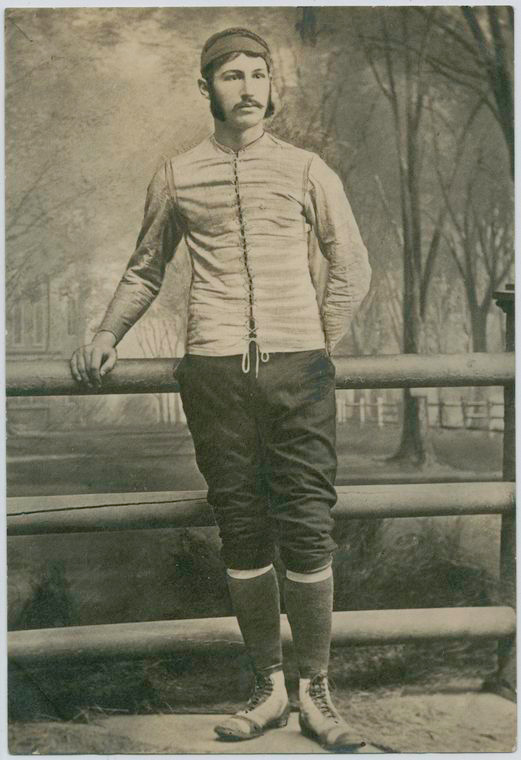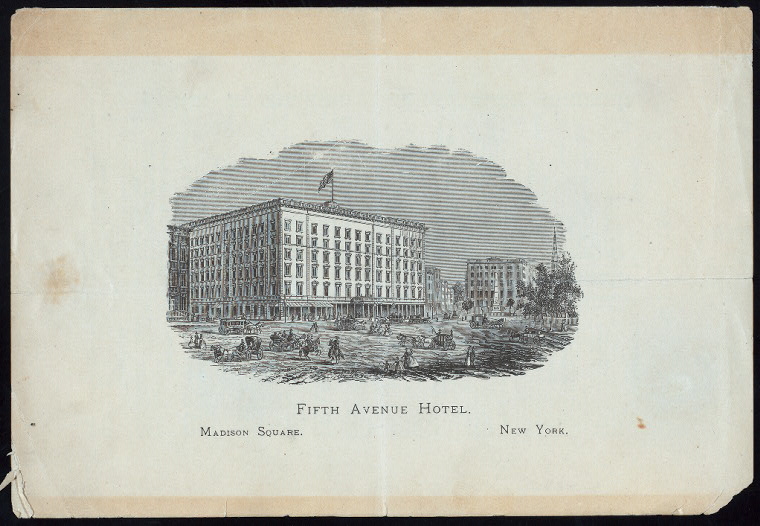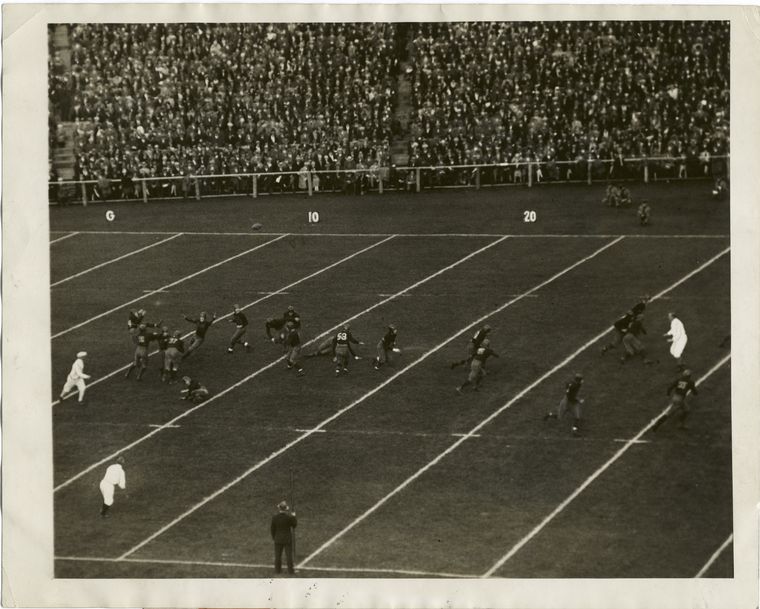Before you dive into that bowl of chips this Sunday, take a moment to appreciate Walter Camp, the man who gave you football. This guy, the fit, mutton-chopped “Father of American Football,” literally wrote the rules.
Before Camp, there was college chaos. As far back as the 1820s, students at Ivy League schools played a Medieval thing called “mob football,” which involved two teams of as many people as possible beating each other up until someone kicked a ball through some goal posts. In the 1860s, students started taking football on the road, visiting each other’s fields in intercollegiate games. These games shared a handful of standards, such as twenty players per team on a 140-foot-long field, but the rules still varied per home field. In other words, if your team visited another school, you played by their rules: they had home field advantage.
In 1873, students from Yale, Princeton, Columbia, and Harvard met at the Fifth Avenue Hotel in New York City—i.e., not Texas—to agree on the first set of intercollegiate rules. They met again in 1876 at the Massasoit House in Springfield, Massachusetts—again, not Texas—and subsequently formed an association with a convention to continue refining the rules. Yale initially bowed out, but Walter Camp, a Yale captain, soon became a key figure, and proposed several new rules, including such enduring features as the eleven-player team, line of scrimmage, center-to-quarterback snap, and system of downs. When the association accepted Camp’s rules in 1880, football as you know it was born.
Now, because this is the Super Bowl we’re talking about, let’s go ahead and make too much of it. The year of the second Massasoit House convention, 1876, was the centennial of the American Declaration of Independence. The rules prior to Walter Camp’s were based on a combination of two English sports: rugby and, well, football. Thus, the game until 1880 was played under British rule, and this tradition continued until one man, a true revolutionary, protested the Crown and threw off its stranglehold on the American way of life. The Revolution was won again, and football became football while the other football became soccer.
Not to be stopped, Walter Camp continued introducing innovations in subsequent playing and coaching years, such as the tell-tale visual-graphic “gridiron” of painted yard lines, and the game-defining strategy of arranging players into “backs,” including one quarterback. In his 1911 book, Football for the Spectator, Walter Camp describes these and other key features of the sport, and rather eloquently at that. He was in fact a prolific writer. Many of his titles can be found in the NYPL catalog.



No comments:
Post a Comment